
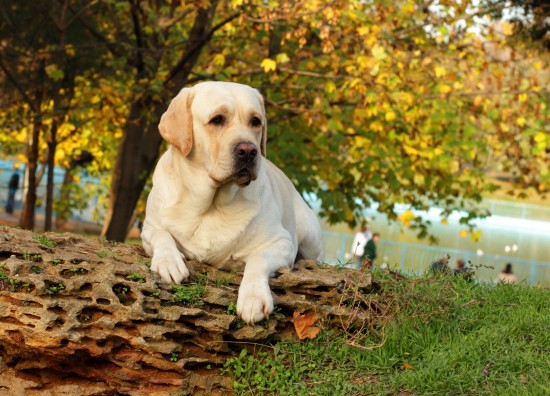
The Labrador Retriever is naturally a very active dog breed, and one that was traditionally used for working purposes, assisting game hunters to retrieve downed birds both on land and in water. However, today, the Labrador Retriever is more commonly kept as a family pet, and there are lots of good reasons for this. The Labrador or “Lab” is an incredibly good natured dog, and one that thrives in a family environment and gets on well with children of all ages.
This does tend to mean though that the lifestyle of the Lab is not as active as it was traditionally, and it is more common these days to see Labradors walking around with a significant amount of extra padding, rather than displaying the lean, lithe appearance that indicates optimum condition.
Added to this, the Labrador is probably right at the very top of the list of dogs that are food-obsessed, and they will rarely miss a chance to scavenge for food or overeat! It is important to manage your Labrador’s weight for life, and ensure that their food intake and exercise levels are correctly balanced. Read on for some tips on how to do this.
What many of us consider to be the correct healthy weight for the Labrador is actually overweight; Labradors should not be barrel-shaped or padded out with extra fat across their bodies! The healthy-weight Labrador will be lean in figure, with relatively loose skin, and you should be able to feel their ribs by running your hand lightly along their sides. You should not, however, be able to see the ribs of a healthy weight Lab.
If you get a Labrador puppy or a young Labrador, you have the best chance of starting as you mean to go on with them and avoiding them becoming overly obsessed with food or too sedentary in the first place! Monitor your Lab’s weight on a regular basis, and measure out their daily food allowance to ensure that it matches the amount of exercise that they receive, and their growing needs.
Giving your Lab treats is an effective aid to good training, but the amount of treats that they are given in a day should also be carefully monitored, and you should try to choose healthier treats where possible, and not ones that are high in fat or sugar. Teach your Lab that treats are a reward and not an entitlement!
Many Labradors kept within a family environment are only taken out for a couple of short walks per day, but this really is not enough to fulfil their natural exercise requirements. You should plan to walk your Lab for at least an hour twice a day, and ensure that within this time, they get the opportunity to do plenty of running around and burning off calories! Outdoor play is also great for Labs, so if your children play in the garden, encourage them to involve your dog! Labradors thrive on an active lifestyle, so if you can spend a lot of time active and outdoors with them, this is the perfect situation.
The food-obsessed Labrador is a very tenacious animal, and they have many methods available at their disposal to supplement their meals! Labradors can get their paws on a tasty treat using a wide variety of methods, from begging, scavenging under the table while you are eating, or picking up litter and discarded food when you are out on walks. Because they are also intelligent dogs, they might even learn additional tricks, such as how to get into the bin, or how to knock food off the counters!
It is important to deal with scavenging behaviour in the Lab, and not reward them for begging. Make sure that they cannot help themselves to food within the home, and that your bins are properly secured to keep them out! If your dog is prone to picking up food in the streets and scarfing it down before you even get the chance to intervene, you might wish to think about muzzling them when out walking to prevent them from doing this! Finally, work on your dog’s training and responding to the commands “no” and “leave it!” in order to give you a fighting chance of keeping their supplemental feeding under control.
If your Labrador eats at top speed without taking the time to digest their food properly, you might want to look at ways to slow them down when they are eating. Try feeding them larger kibble that requires chewing to digest, or place obstacles in their food bowl, such as a large ball, which they have to eat around in order to get to all of their food.
If you can slow your Labrador’s eating down, they will get the full benefit of their meals and be marginally less likely to be ready for another helping as soon as they have finished, or on the lookout for their next snack right away!
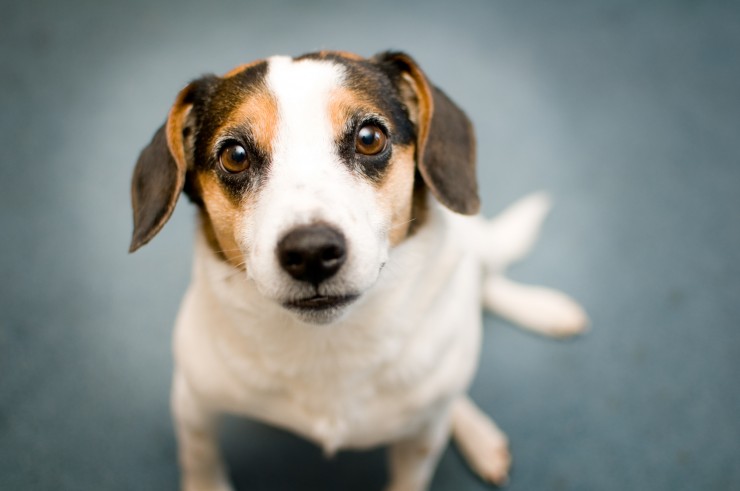 Advice To Follow When Looking For A New Puppy
Advice To Follow
Advice To Follow When Looking For A New Puppy
Advice To Follow
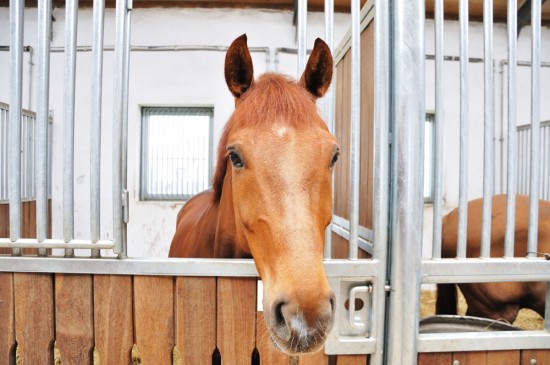 Relieving Boredom For The Stabled Horse Over Winter
Relieving Boredom
Relieving Boredom For The Stabled Horse Over Winter
Relieving Boredom
 Five Ways To Tell If Your Cat Is Healthy
Five Ways To Tell
Five Ways To Tell If Your Cat Is Healthy
Five Ways To Tell
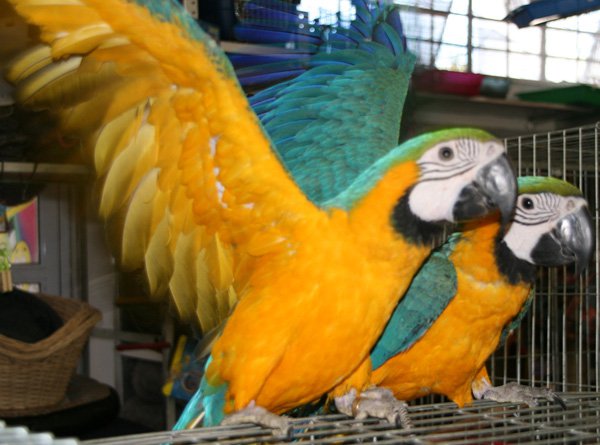 Cichlid pellets the best fish food for cichlids
Cichlid pellets the best fish food for cichlids
Cichlid pellets the best fish food for cichlids
Cichlid pellets the best fish food for cichlids
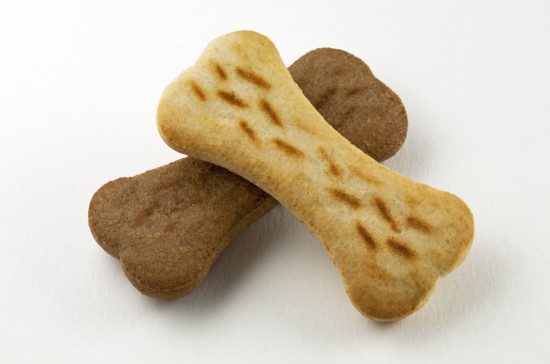 Special Diets And Veterinary Diets For Dogs
Special Diets And
Special Diets And Veterinary Diets For Dogs
Special Diets And
Copyright © 2005-2016 Pet Information All Rights Reserved
Contact us: www162date@outlook.com